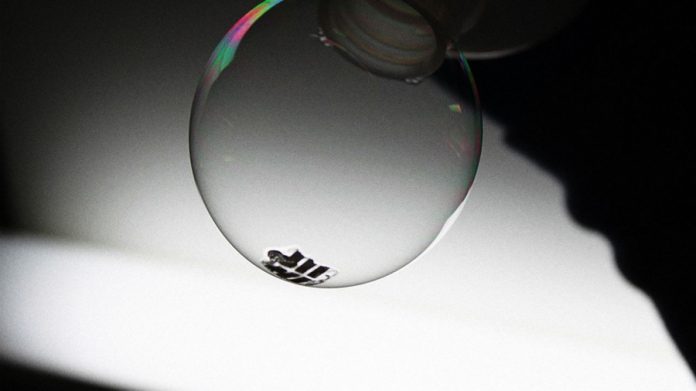A scientist has demonstrated the finest, light solar power cells yet. Even that much lightweight that they can be covered on top of a soap-bubble without popping it. This research has been done by MIT scientists. The ultra-thin solar cells could be placed over almost any solid apparent containing paper, glass and fabric. Normally, Photovoltaic cells (solar cells) directly convert light energy into electricity.
Lead author Joel Jean, an electrical engineer at MIT said, “We wanted people to observe how thin this solar cell was, but you can’t tell the difference between a 10 micron and 1-micron film by eye. So, the idea to cover a solar cell on top of soap-bubble came out.”
“My lab mate Patrick Brown suggested floating the cell on a bubble to make the weight difference much more dramatic, so I tried it. My first reaction after seeing it like ‘COOL’ “, he added.
As same as common, glass-based solar cells, these new solar cells convert light into electricity with the same adaptability. The power to weight ratio of this new solar cell is among the topmost ever acquired for solar cells. This will become application in which weight is an essential factor like spacecraft or on high-altitude research balloons.
Conventional silicon-based solar cells generate energy of 6-8 Watts per lb (15 Watts per Kilogram). But this new device can generate more than 2,720 Watts per lb (6 Watts per Gram) or around 400 times as much.
As its basic light absorbing material, DBP (Dibutyl phthalate), an organic compound were used. The solar cells are then equipped between Parylene layers. Parylene is an easily available, bendable, transparent plastic. It broadly used to conserve circuit boards and embedded biomedical devices from environmental harm.
Without using any solvents, the solar cells and Parylene supports and coatings are manufactured in a vacuum chamber at room temperature. The solar cells and the Parylene were developed simultaneously. During manufacturing, the Parylene never needs to be controlled, cleaned, and detached from the vacuum. Due to this, it decreases risks to dust and other impurities that could less down the performance of solar cells.
Solar Cell Features
- The new solar cell has a size: as small as 1.3 microns thick.
- It has the weight of only 0.01 lbs per square yard (3.6 grams per square meter).
- Produces 2,720 watts per lb (6 watts per gram) energy.
